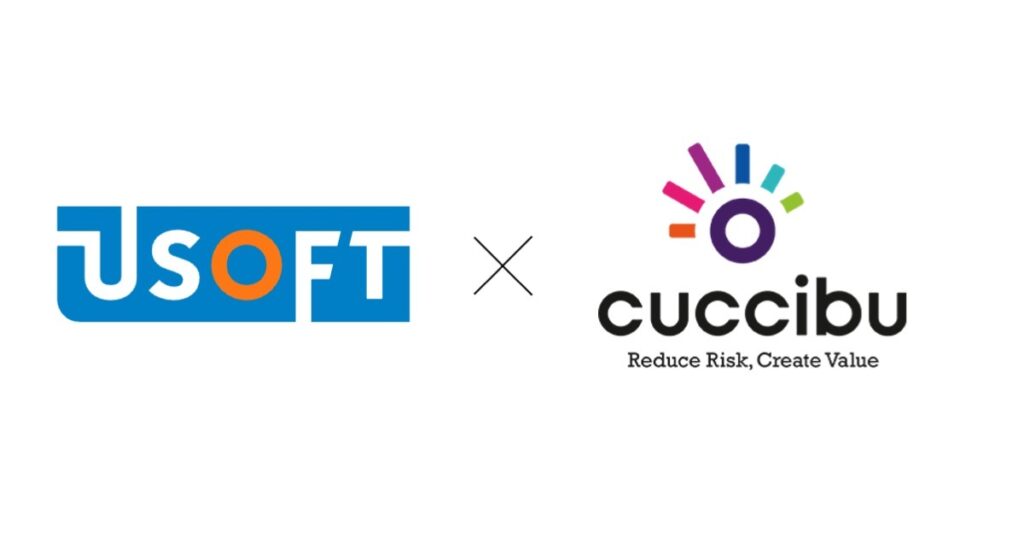Give me three of those thick duvets, two infrared panels and four rolls of insulation material. Oh, and throw in two of those soft fleece blankets. Now that we’re all turning down the heater, the savings tips are flying around our ears. A good thing, of course, but the question is whether entrepreneurs can meet this surely sudden and large increase in demand for these kinds of products. Can you move quickly, now that the outside world expects you to be agile and proactive? Research shows that organizations experience quite a few obstacles. How do you solve obstacles in your organization and take advantage of opportunities in a dynamic economy?
The wish of the customer
For numerous companies and institutions in society, responding quickly to constantly changing circumstances is essential. The customer expects nothing less. A good example is the rapidly increasing demand for products that help households and companies stay warm as we cut back on energy expenses. As a supplier of heat pumps or air conditioners, are you able to respond to this in a timely manner and can you quickly set up new supply lines? Is your warehouse prepared for (much) more storage, can you reserve some extra investment space with your bank, and can your logistics partners keep up with these changes? In short: can you meet the needs, when the customer demands it?
It’s all about the now
Examples abound of organizations that need to show flexibility and agility to be prepared for change in any way. You need to be able to change course quickly now and be proactive rather than reactive. This is all about the now: what is happening now in the world, now with my customer and now in my organization? And how can we make that easier for everyone around us? All these elements form the core of the Act-Now economy, which we are now in the middle of.
Streamline and digitize processes
Improving agility cannot be done without digitization. After all, behind every customer contact, every activity and every new product or service offering is a process that can be streamlined. Digitalization is therefore one of the top priorities for organizations. As a result, business models are digitizing more and faster. Good examples of companies that are successful by using these technologies as the basis of their organization are Coolblue and Spotify. For example, the Dutch e-commerce platform puts the customer first, knows how to continuously surprise and has set up its logistics processes efficiently and transparently. It has set up the organization to respond quickly to changes in the market.
Customers have become so used to the service level of a number of leading players that it is considered the most normal thing in the world. So a small handful of forward-thinking players sets the expectation pattern for the rest. We experience this privately, as individuals, but we also take this to our work. The challenge? Research shows that 44 percent of managers in the Netherlands have difficulty keeping up with the pace of change in customer expectations. The construction industry stands out negatively here; 70 percent are certain they cannot meet customer expectations. Healthcare and government follow, with percentages hovering around 50 percent.
Modern IT is essential
So what is the key to that agile organization? Where should the organizations that currently have yet to make the transition to the Act-Now economy get their gains? The answer to this question is clear, according to the same survey. Over three-quarters of managers consider a modern IT environment essential to meet customer expectations. At the same time, they note that several obstacles stand in the way of such an IT environment. And so it is difficult to stay afloat in the Act-Now economy. One reason it goes wrong is that the focus would be too much on the short term. Outdated systems are not modernized as a result, and adapting core systems proves difficult. It is also notable that IT systems function as islands, without proper integration, which means, for example, that collaboration is not optimal and decision-making is prone to inefficiency and errors.
Digitalization higher on the agenda
There are solutions to these IT challenges. In any case, start by prioritizing digitization higher. A quarter of surveyed managers acknowledge that digitization is not given enough urgency within their organization. Next, look for opportunities to adapt outdated core systems and make them more flexible. For example, by deploying low-code software development, organizations can quickly and specifically develop business-critical applications that empower end users. Existing systems can also be made future-proof step by step, without having to rudely part with this “core. The digital transformation and the road to the agile organization thus become manageable. With low-code, you can also put an end to IT islands. In fact, you are able to use intelligent automation and orchestration (also called hyper automation) to integrate data and systems with each other.
Be inspired by the organizations that are setting the standard when it comes to customer experience and high customer expectations. Identify the obstacles in your organization, turn them into opportunities and move with current developments. Then, after all, you’ll be well off yourself.
Download the full research report. Report is only available in Dutch.
About the research
USoft conducted research among 540 managers in the Netherlands, at organizations with more than 50 employees. Almost half were from organizations with more than 250 employees.




